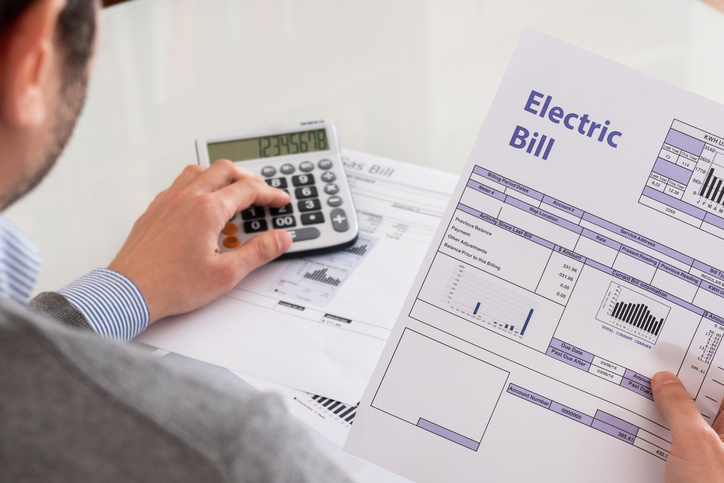Confused by Your NY Electric Bill?

Have you ever felt shocked by a high NY electric bill? When you looked closely at your charges, were you even more confused? Until that moment, you may not have realized there are dozens of numbers and terms on your electric bill. It’s true, there is a lot more to it than just the electric rate times usage. If that wasn’t puzzling enough, lately NY utilities have made headlines by mismanaging their billing services. We don’t ever want you to feel confused or surprised by a bill. So, we’re here to explain how to read your electric bill.
Reading Your NY Electric Bill Is Important
A few years ago, I added new appliances to my home that we didn’t have before. The next month I was stunned by my energy bill! At first, I thought the new additions were to blame. But when I called my utility, I found out the meter reader had misplaced a decimal. The error caused the utility to overcharge me hundreds of dollars.
Mistakes like this do happen. In fact, New Yorkers have been victims of several recent billing fiascos. For example, Central Hudson faces a lawsuit due to deceptive billing practices. On the other hand, NY’s green energy requirements will likely increase electric rates across the state. This means high bills aren’t always blunders.
With so much going on, it’s important to check your bills regularly and understand what you’re seeing.
Comparing Central Hudson and NYSEG Electric Bills
On their electric bills, Central Hudson breaks charges into delivery and supply. NYSEG bills do the same. Delivery charges cover the costs of physically moving electricity and bringing it directly into your home. These charges cover the cost of everything from meter reading to replacing electric poles. Supply charges cover the price of electricity.
Delivery Charges: The basic service charge and delivery service charge make up the bulk of this category. The basic service charge is what your electric company charges to maintain a metered account with them. They will charge that amount whether or not you use any electricity. Alternatively, the delivery service charge depends on your monthly electric usage. Other charges help the utility pay for efficiency programs, people using retail electric suppliers, and more.
Supply Charges: The biggest charge in this category is for the cost of electricity itself. NYSEG bills call this the “supply charge”. Central Hudson refers to this as “market price”. Either way, this rate can fluctuate monthly. Luckily, you can avoid it if you lock in a cheap electric rate with a retail electric supplier. Other charges include taxes and miscellaneous charges drawn from state approved refund/recovery revenue programs.
Know Your Electric Bill to Change It
The better you know your electric bill, the more control you have over energy expenses. True, you might not be able to change all the little charges from your utility. However, you will notice when things don’t add up right. You can also learn when you’re using more electricity so you can work on lowering your bill. And to save the most money, shop the best electric rates at https://www.nyenergyratings.com.

